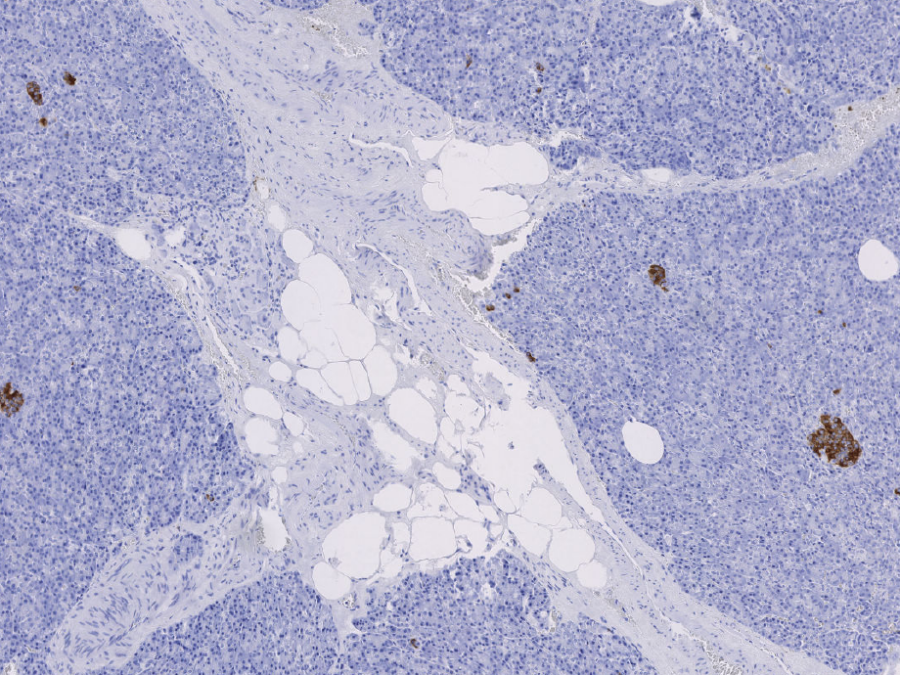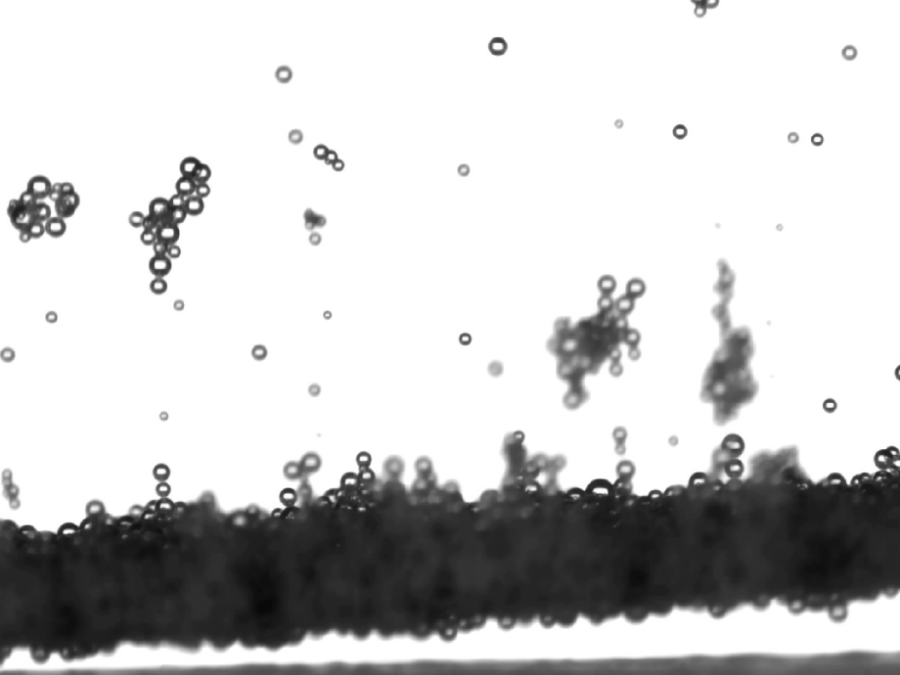Connecting membrane pores and production parameters via machine learning (COMPUTING)

Isoporous block-copolymer membranes play a fundamental role in the filtration of liquids and can, for example, be used to purify drinking water. Despite recent progress in understanding the membrane formation process, finding suitable production parameters for a given precursor material (such as polymers of a certain length) still occurs in a trial-and-error fashion, wasting materials, time and polluting the environment. This project aims at elucidating the relationship between membrane properties and the production parameters & materials used. To this end, we develop an image analysis pipeline to automatically extract relevant membrane characteristics from our existing database. We then relate the characteristics with the known production parameters and precursor material characteristics, with the goal of obtaining an explainable AI model that can both elucidate new insights into the membrane formation process as well as streamline the production process, unlocking the ability to quickly produce membranes with precisely controlled morphologies.
Other Collaborations

Detecting Type-2 Diabetes in histopathological images for a better understanding of biological processes behind the disease
Type-2 diabetes is a chronic disease affecting about 500 million people worldwide. Despite extensive research over the last decades, exact biological processes leading to a deteriorating insulin production are not yet fully understood. By building models that are able to classify whether a patient has type-2 diabetes or not from whole slide images of the […]
Paving the way for future mineral processing and recycling technologies through large-scale analysis of particulate samples
Understanding and quantifying the exact composition of mineral samples paves the way towards advanced methodologies that not only increase the effectiveness of ore processing but also enable future recycling technologies. To this end, samples consisting of ground particles embedded into an epoxy matrix are imaged with computed tomography (CT) at micrometer resolution. Due to the […]